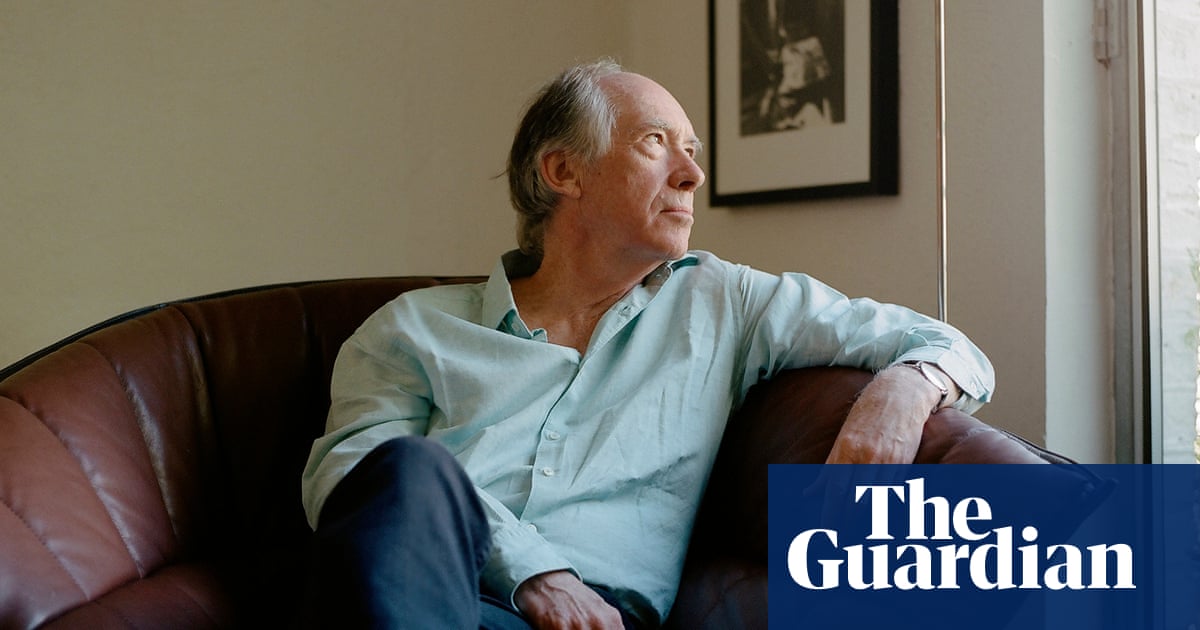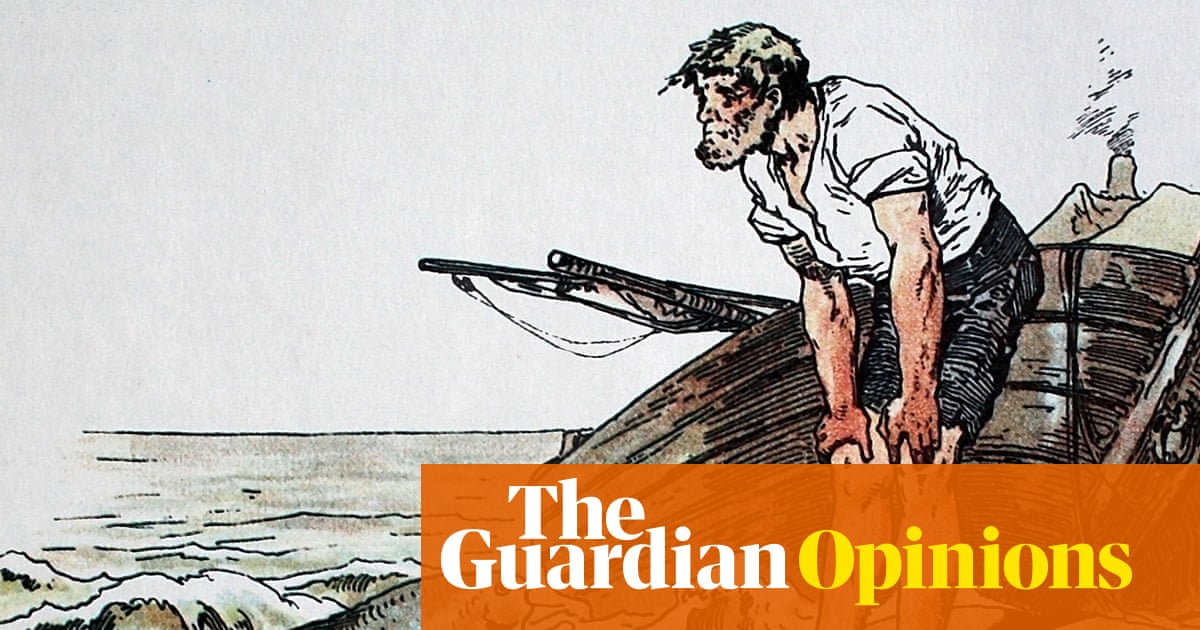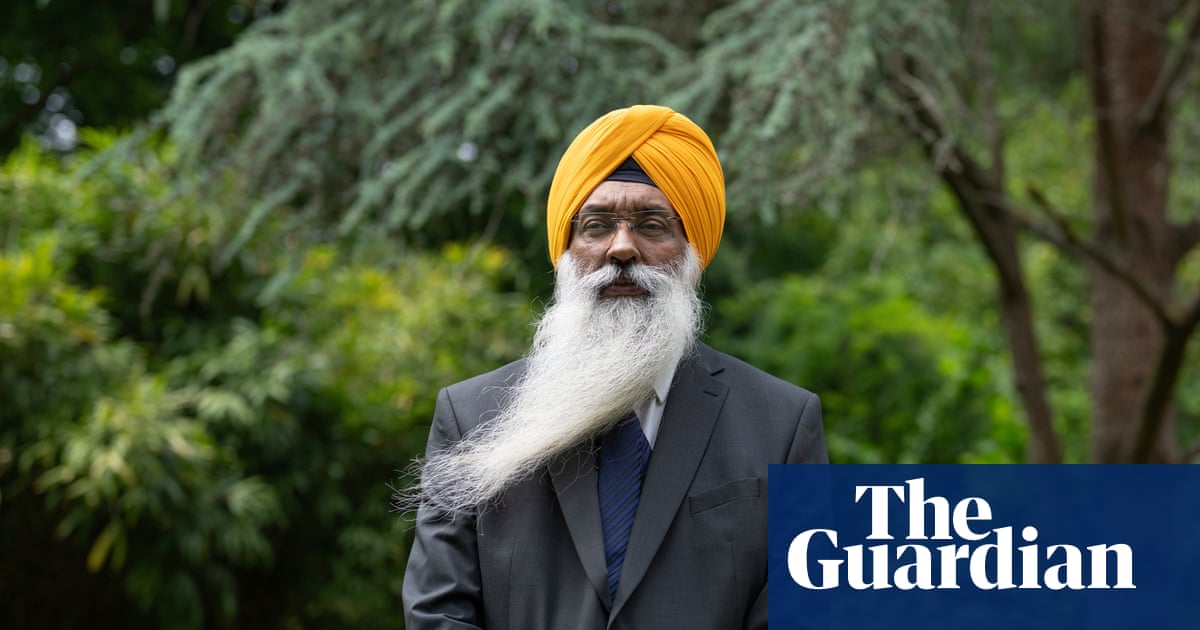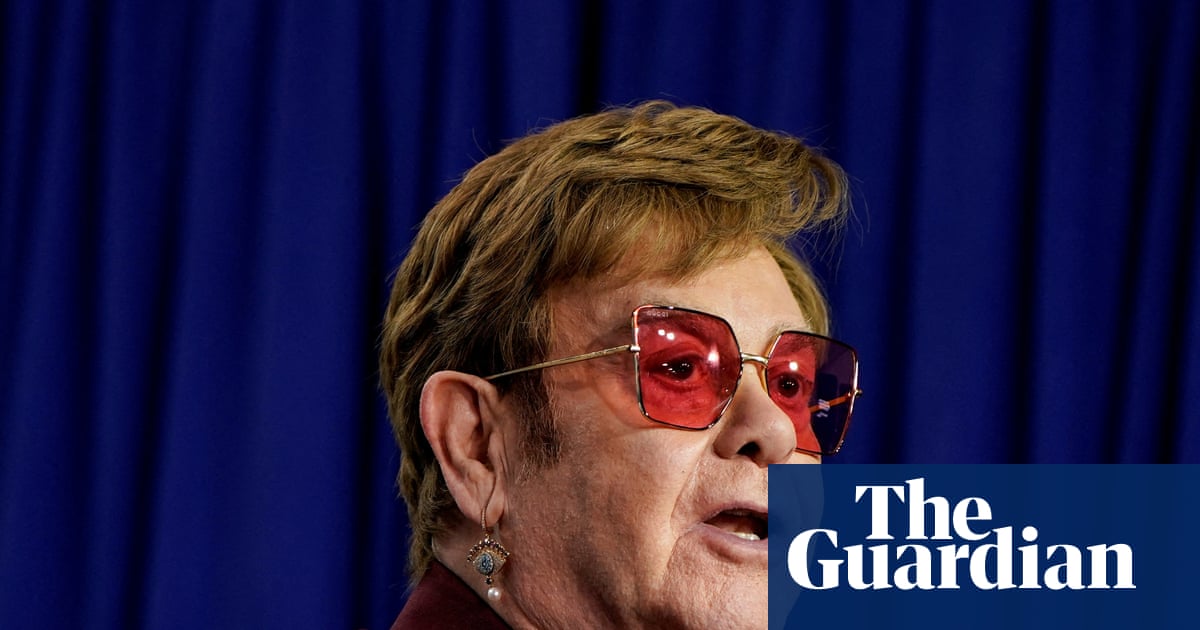Julian Assange sits at the centre of this gripping account of the WikiLeaks founder’s rise, fall and protracted seven-year limbo inside the Ecuadorian embassy. Eugene Jarecki’s documentary takes its title from the price the incoming Ecuadorian government supposedly charged the Trump administration for helping furnish his extradition to the US, thereby reneging on a promise of political asylum. If The Six Billion Dollar Man doesn’t rebuild Assange, exactly, that’s because it’s more interested in comprehensively demolishing his enemies. Compared to the hypocrites, scoundrels and crooks who surround him, the man himself looks almost virtuous.
Actually Assange is mostly a background presence here. He’s more talked about than talking up; a karmic victim of his own success. While even his supporters admit to his personal failings (arrogance, cruelty, bouts of megalomania), the film asks us to regard him as a messenger shot down by bigger, darker forces; a man whose only real crime was publishing inconvenient truths. The Swedish rape charge, it argues, was largely cooked up as a means of delivering him to the US authorities, so that they in turn could charge him with violating the Espionage Act. “Julian Assange is not an angel carved in marble,” says the NSA whistleblower Edward Snowden (no angel himself). “But he’s not a vial of poison either.”
Poison or not, Assange’s release of diplomatic and military secrets leaked into the water table and served to destabilise the US government. Jarecki’s film provides a crisp, thorough recap of WikiLeaks’ greatest hits, beginning with the publishing of the “collateral murder video” that showed US forces slaughtering unarmed civilians in Iraq, and reveals the ways in which the internet’s unfettered heyday was able to service a new kind of activism. Previously, whistleblowers such as Daniel Ellsberg (who leaked the Pentagon Papers in 1971) released classified information at enormous personal risk. Thanks to Assange’s website, they could now do so anonymously, and on an industrial scale.
The film makes the case, though, that WikiLeaks was at its most fire-proofed when it stayed small and nimble and operated with a skeleton crew. Its explosive release of diplomatic cables was a high-profile joint venture, published in association with the Guardian, the New York Times and Der Spiegel, and the ensuing fallout placed Assange in the crosshairs. “Politically we’re untouchable now,” he brags as he arrives for a meeting at the Guardian and it is possibly this kind of hubris that made him blind to the danger. In September 2011 an indiscriminate dump of unredacted US embassy cables put scores of innocent lives at risk and tarnished his credentials as a crusading campaigner.
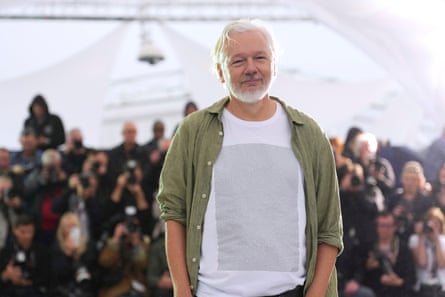
It is the dark irony of the WikiLeaks story that the site should itself be undone by a series of leaks and betrayals. Assange’s former colleagues blame David Leigh, the Guardian’s former investigations editor, for publishing a top-secret password in the WikiLeaks book he co-wrote with Luke Harding. But the real Judas of Jarecki’s film is Sigurdur “Siggi” Thordarson, a creepy teenage hacker inexplicably beloved by Assange. It was Siggi, we learn, who embezzled $50,000 (£37,000) from the company’s online store and who later agreed to wear an FBI wiretap.
Initially a safe house, the Ecuadorian embassy in central London is revealed to turn by degrees into a false sanctuary. The film claims that Assange was effectively sold out by the building’s private security staff, who bugged CCTV cameras and passed the footage to a band of small-time crooks. His friends worried that Assange’s life in limbo was making him increasingly paranoid.
While Assange has already been the subject of numerous documentaries, plus The Fifth Estate, a Hollywood drama starring Benedict Cumberbatch, The Six Billion Dollar Man feels close to definitive. It’s rigorous and forensic and covers the ground with aplomb. Jarecki’s army of eye-witnesses run the gamut from Naomi Klein to Pamela Anderson (a fan and frequent visitor) to the former president of Ecuador, while the film’s sprawling crime scene eventually straddles half the globe.
For all that, its most indelible, disquieting images are provided by the CCTV footage of Assange marooned in the embassy. He knows he’s being bugged and understands that he’s trapped and he paces his quarters like a hapless Gene Hackman at the end of Francis Ford Copppola’s The Conversation. Whatever he set out to be it almost certainly wasn’t this: the anguished poster boy for a world in which every hacker gets hacked, every person is spied on and no secret is safe.

 3 months ago
126
3 months ago
126


